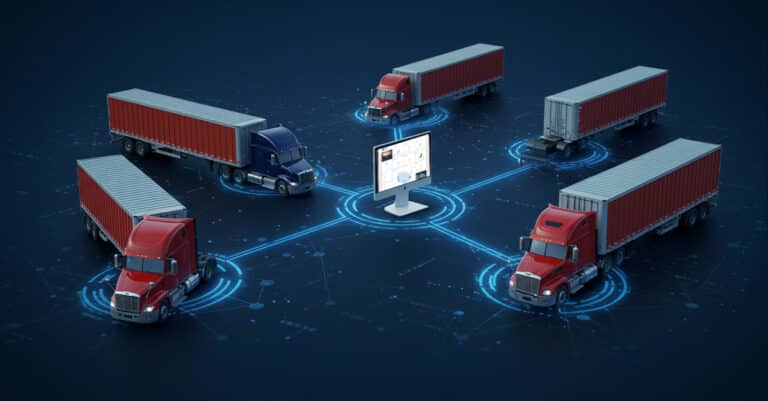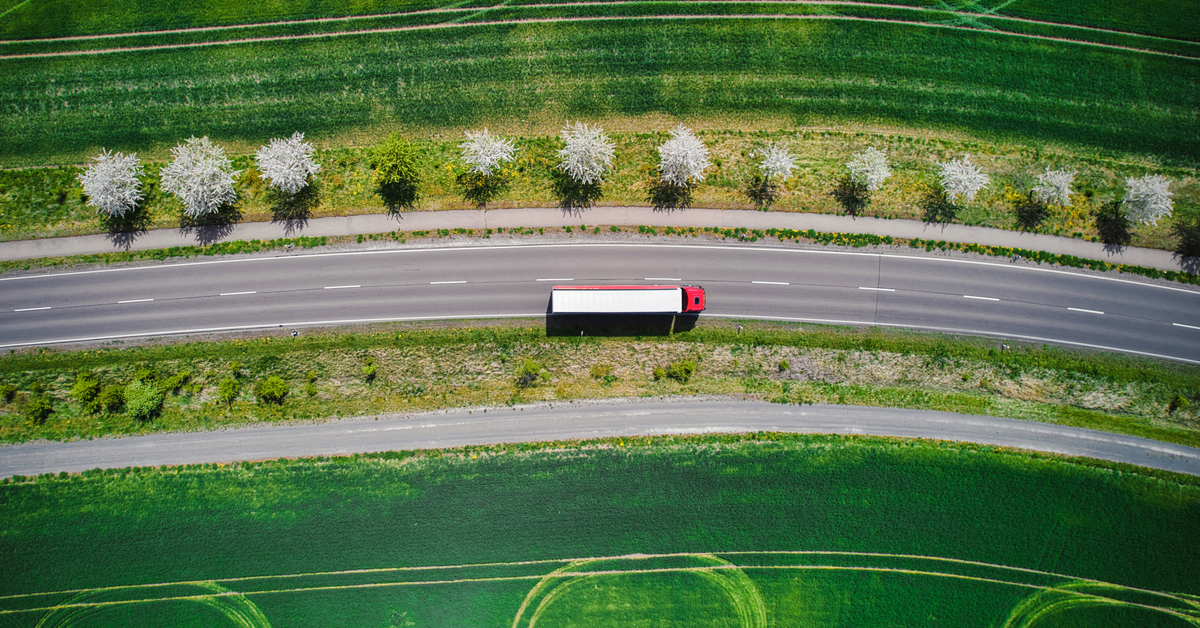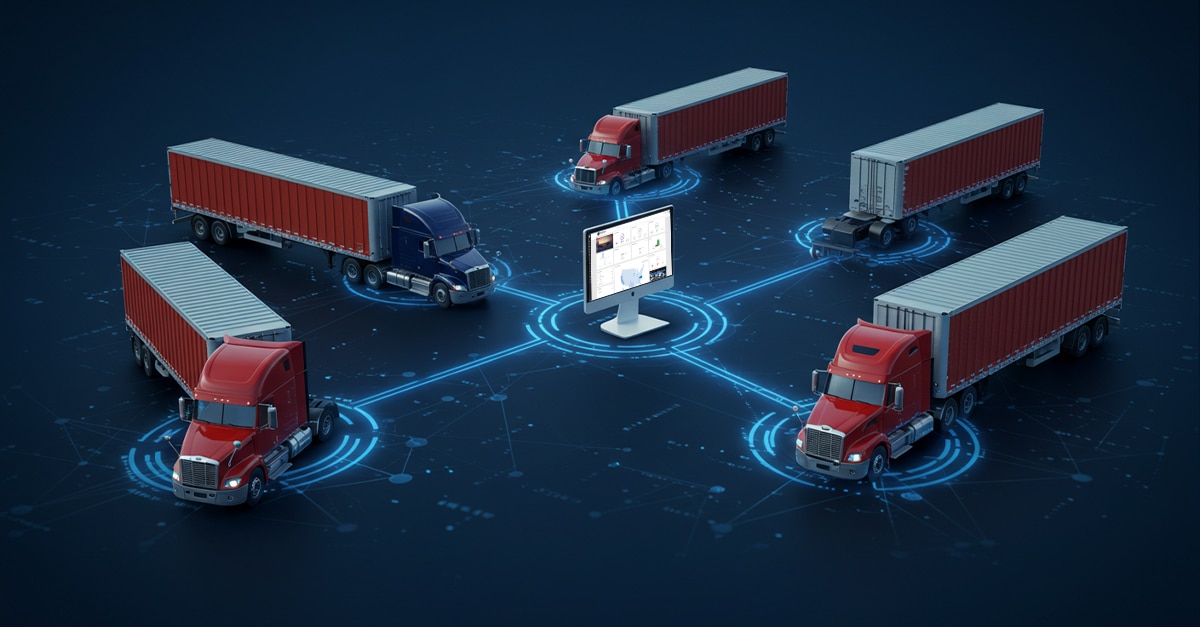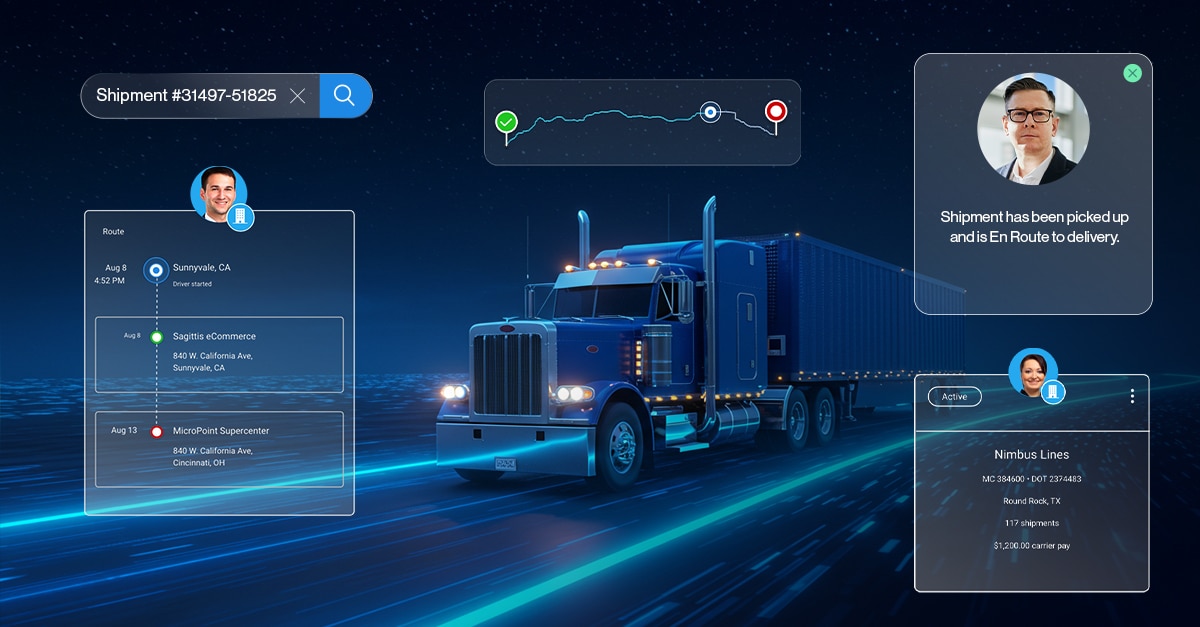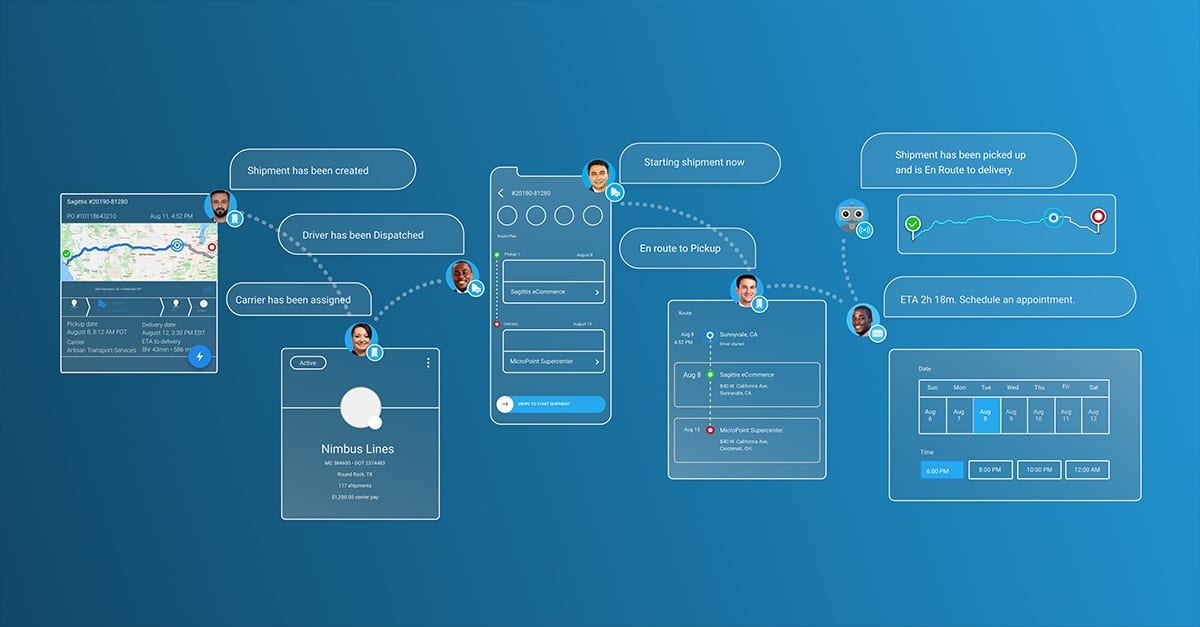Sustainability is essential to freight management as shippers and 3PLs work to reduce their carbon footprints and meet sustainability goals. According to the EPA, the transportation sector contributed more greenhouse gasses than all others, at 27% in 2020. Reduced emissions result from cutting freight miles, making route optimization the solution for meeting sustainability targets.
What Are the Drivers of Unsustainability in Logistics?
There are five primary drivers of unsustainability in logistics. Reducing or eliminating these drivers will turn any company into a sustainability powerhouse.Unoptimized routes
When routes aren’t optimized, additional fuel is used, and deliveries are slowed. Increased miles also mean a larger carbon footprint. A broker or 3PL that doesn’t have access to real-time data or intelligent route optimization contributes more greenhouse gasses to the atmosphere.Unoptimized backhauls
An optimized backhaul strategy prevents an unnecessary empty truck by combining pick-ups and deliveries on a single route resulting in improved efficiency and asset use. When full outbound and inbound routes go uncombined, truck space is wasted when it could have been used to haul shipments to the pool site. Wasted space means misused miles and unnecessary greenhouse gasses contributed.Massive wasted empty miles, time, and effort
Every empty mile represents waste. Your time and effort are wasted, and that waste also results in lost income. Those empty miles mean the product sits somewhere someone else will haul on another trip. Wasted miles equal unsustainability, just as they do time, effort, and income. Looking at just intermodal and container freight movements, the unrealized upside from poor route optimization is distressing. Using the historical import balance of 40% exports and 60% imports and the volume of 50 million US TEUs yearly, 20 million empty truck trips could be saved using route optimization to source all empty export needs from street turns. Since the average distance from a port to the distribution center is 150 miles, using every street turn container would save 3 billion truck miles. Additionally, they would save 1 billion trucker hours, 20 million empty container visits, and 923 million gallons of diesel. The fuel savings alone are nearly $1 billion. This freight revolution will always be worthwhile, even if these numbers were inaccurate or cut in half multiple times.Lack of visibility into carbon emissions by shipping mode
You can’t fix what you don’t know. Without the data that provides visibility of the carbon emissions produced by the various shipping modes, there is no way to compare them and understand what provides the best results. Good data makes for great decisions.What is Route Optimization in Logistics
Route optimization is a strategy that uses route planning software to devise efficient routes that provide the highest cost and time savings. They improve sustainability from point A to point B.Route optimization for port container moves
Street turns offer incredible potential to optimize routes and benefit every stakeholder. Instead of returning an empty container to the yard and waiting for the next delivery, the container is used to carry another load, saving miles and time. Street turns have been challenging and not utilized at scale due to a lack of collaboration and transparency. Still, things have changed with new software package innovations.Route optimization for inland/domestic trucking
As touchpoints increase, the number of possible routes to travel to them increases exponentially, eventually into millions of options. Add in varying factors like traffic or road construction, and optimizing routes for the best outcomes becomes very difficult. Advancements in transportation management software (TMS) have removed that burden. They ensure consideration of all route possibilities and variables to produce the optimal routes to save money and time and cut emissions.Route optimization for the last mile
Last-mile deliveries are the most complicated to optimize due to the number and the options presented by local roads. The potential routes can reach billions with 20 or more deliveries for one truck. Adding in different variables like road work makes software assistance essential. With more touch points, the gains from route optimization of last-mile deliveries are incredible. Tremendous amounts of time, miles, greenhouse gas emissions, and expenses are saved with route optimization for the last mile.How Does a TMS Aid with Route Optimization?
Not only does a TMS model the immense potential routes and find the best solution, but it also enables communication among stakeholders. Unified data streams, self-service scheduling tools for drivers, and eliminated deadheads are just a few TMS benefits that result in truly optimized routes.Unify data streams
Sustainability is prioritized within the transportation network when electronic data interchange (EDI) data streams and application programming interfaces (APIs) are unified. EDIs streamline logistics services, allowing partners to communicate directly and standardize record-keeping and file sharing. APIs let two applications talk to each other, resulting in more automated and seamless data sharing.Mobile self-service schedule tool for drivers
Extra miles are avoided when shippers and 3PLs extend their appointment scheduling solution to carriers. The people that know their schedules best can collaborate directly with the shipper or 3PL to find times that work for both parties, reducing idle times and emissions.Eliminate deadheading
Sorting carriers based on distance and prior interactions allows shippers and 3PLs to communicate in real-time to ensure timely pick-up. Working with the driver keeps the freight moving and reduces empty miles.Measure carrier performance
Analyzing carrier performance helps expose carriers that avoid empty backhauls and outperform others. The ability to see miles saved through route optimization enables measurement of carbon emissions prevented and presents future opportunities to improve.Optimization from order visibility upstream to help with consolidation strategies
Freight consolidation from order visibility produces a tremendous amount of benefits. Some of the positives from consolidation include:- Simplified pricing
- Improved service levels
- Reduced congestion at docks
- Reduced product handling
- Greater visibility resulting in easier order tracking
- Reduced emissions and fuel
- Greater due date and production schedule control
- Reduced but improved relationships with carriers


